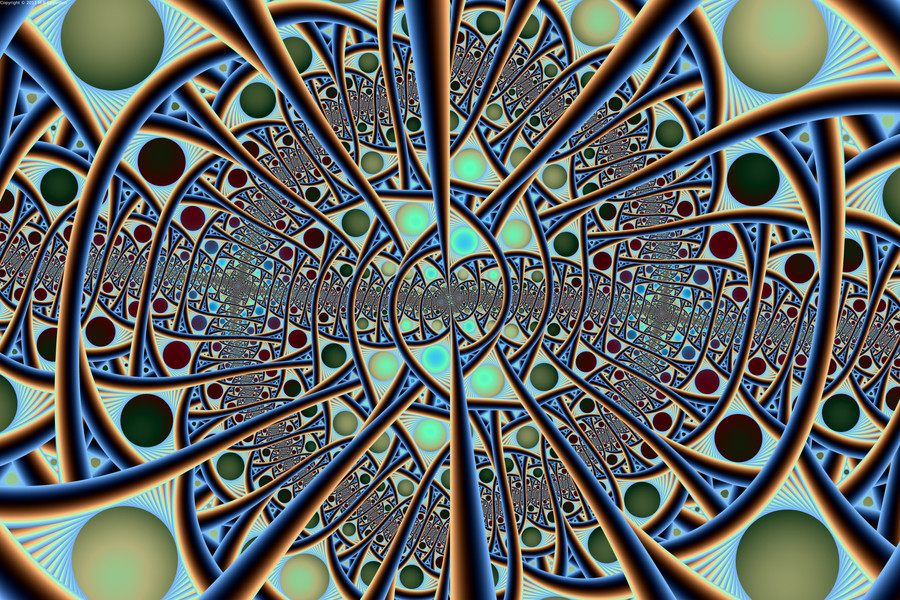HOME | DD
 element90 — Spots and Pipes
element90 — Spots and Pipes

Published: 2011-11-07 08:58:14 +0000 UTC; Views: 353; Favourites: 18; Downloads: 0
Redirect to original
Description
ParametersFormula: Bad Complex Power 2 Julia
z = transform(z)
z = z^alpha + beta
Note: conversion from polar to cartesian in the implementation
of the complex power puts the result into the wrong quadrant
alpha = 0 + 1i
beta = -0.125 + 0i
Programs: saturn and titan
Number of A transforms: 0
Number of B transforms: 0
Transform sequence: A
Number of Complex Plane transforms: 0
Initial values of z: untransformed c
Image centre: 0 + 0i
Image width: 4
Rotation about image centre: 0 degrees
Maximum iterations: 150
Bailout: norm(z) > 16
Colour selection: outer for bailout otherwise inner
Outer colouring: absolute log of final magnitude, norm(z)
Inner colouring: absolute log of average ratio, smaller(real(z), imag(z)) divided by abs(imag(z))
Related content
Comments: 2

An interesting piece. It looks like two layers, with orbit traps/transparency on top, but I'm guessing that isn't the case
👍: 0 ⏩: 1

As you suspected it is indeed a single layer fractal, no orbit traps. The formula used for this has an error in it, my implementation of complex power using pairs of real numbers instead of using the complex type put the result in the wrong quadrant when converting from polar to cartesian form, in fact I have two bad implementations of complex power which I retained because they produce interesting fractals. The reason I was using pairs of real numbers was that I could use the formula in OpenCL kernels to be executed on an Nvidia graphic card, the card only supported floats and I frequently ran of resources on the graphics card so the use of OpenCL was abandoned. If you use Ultra Fractal the formulae are available [link] as deviation which also includes my versions of some colour methods.
👍: 0 ⏩: 0























